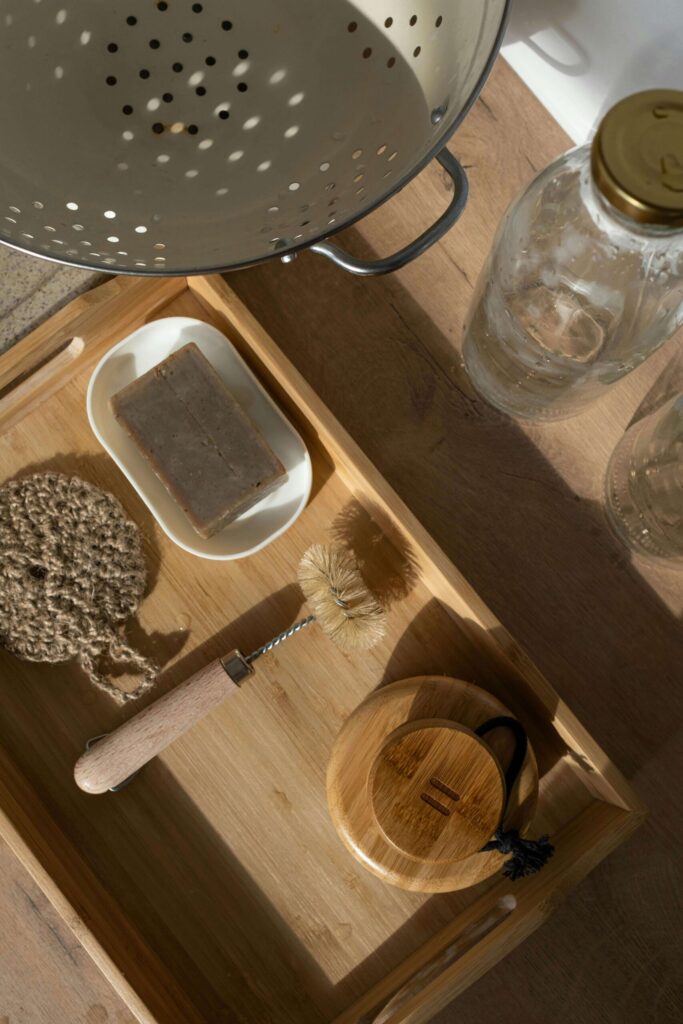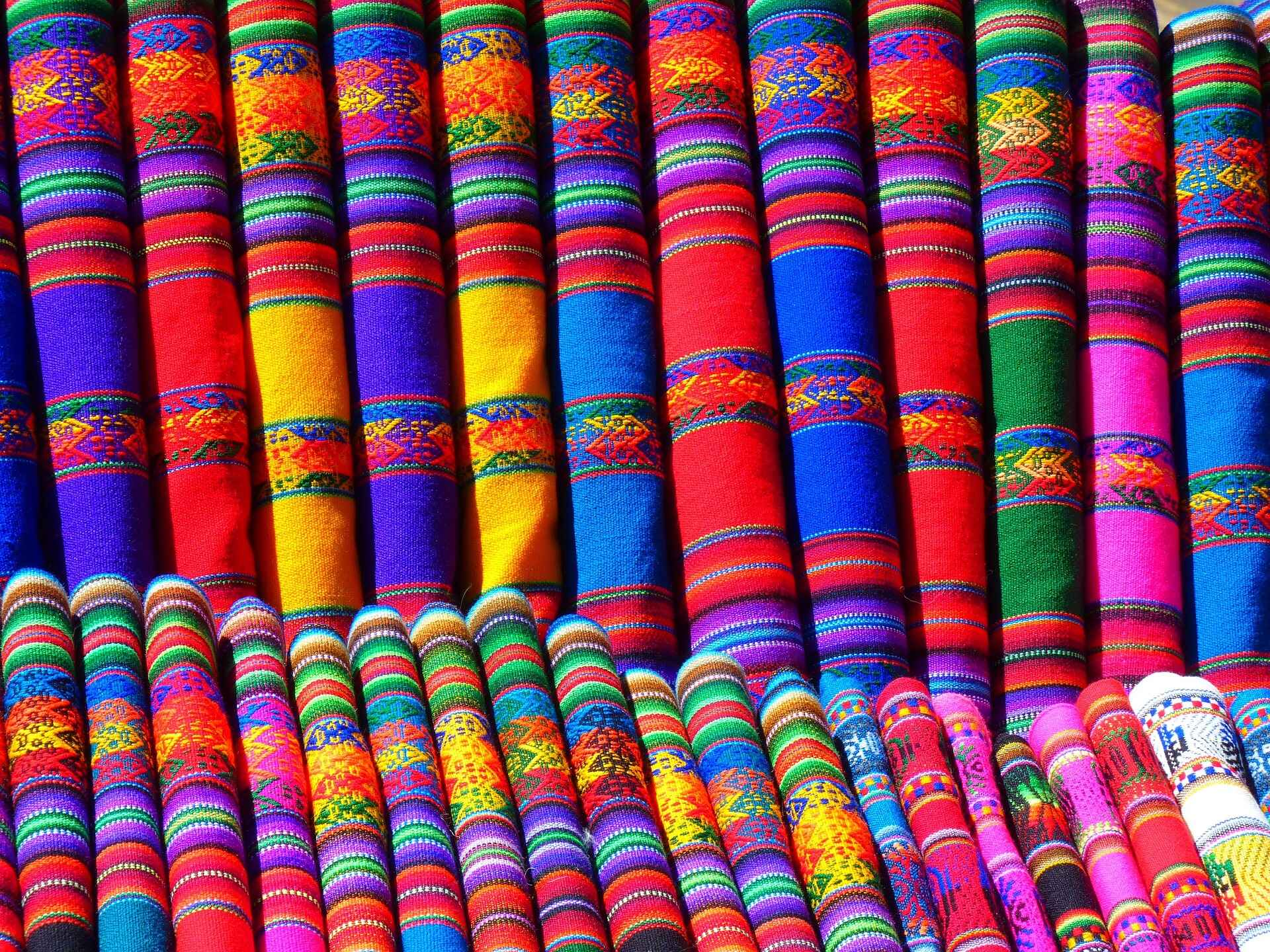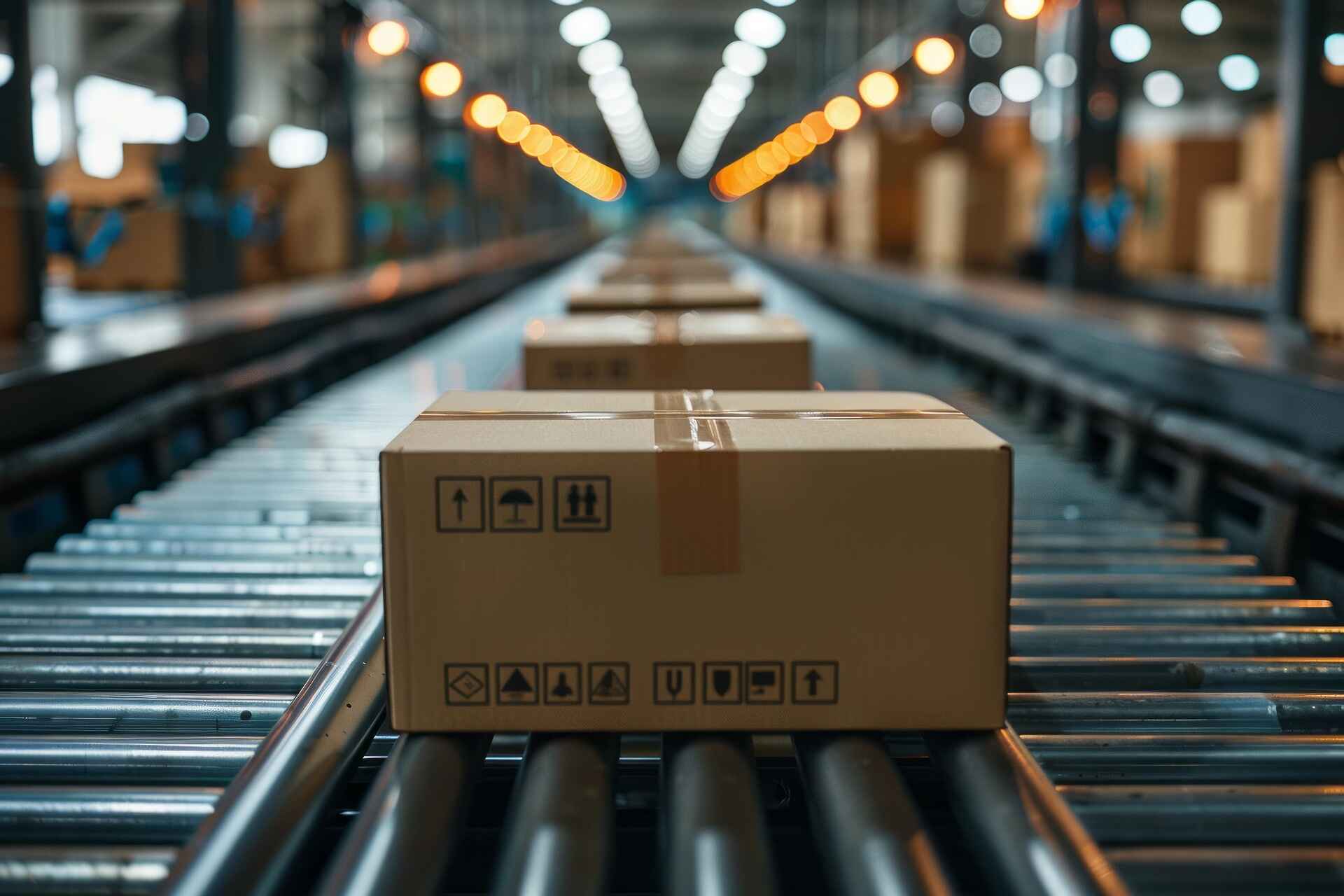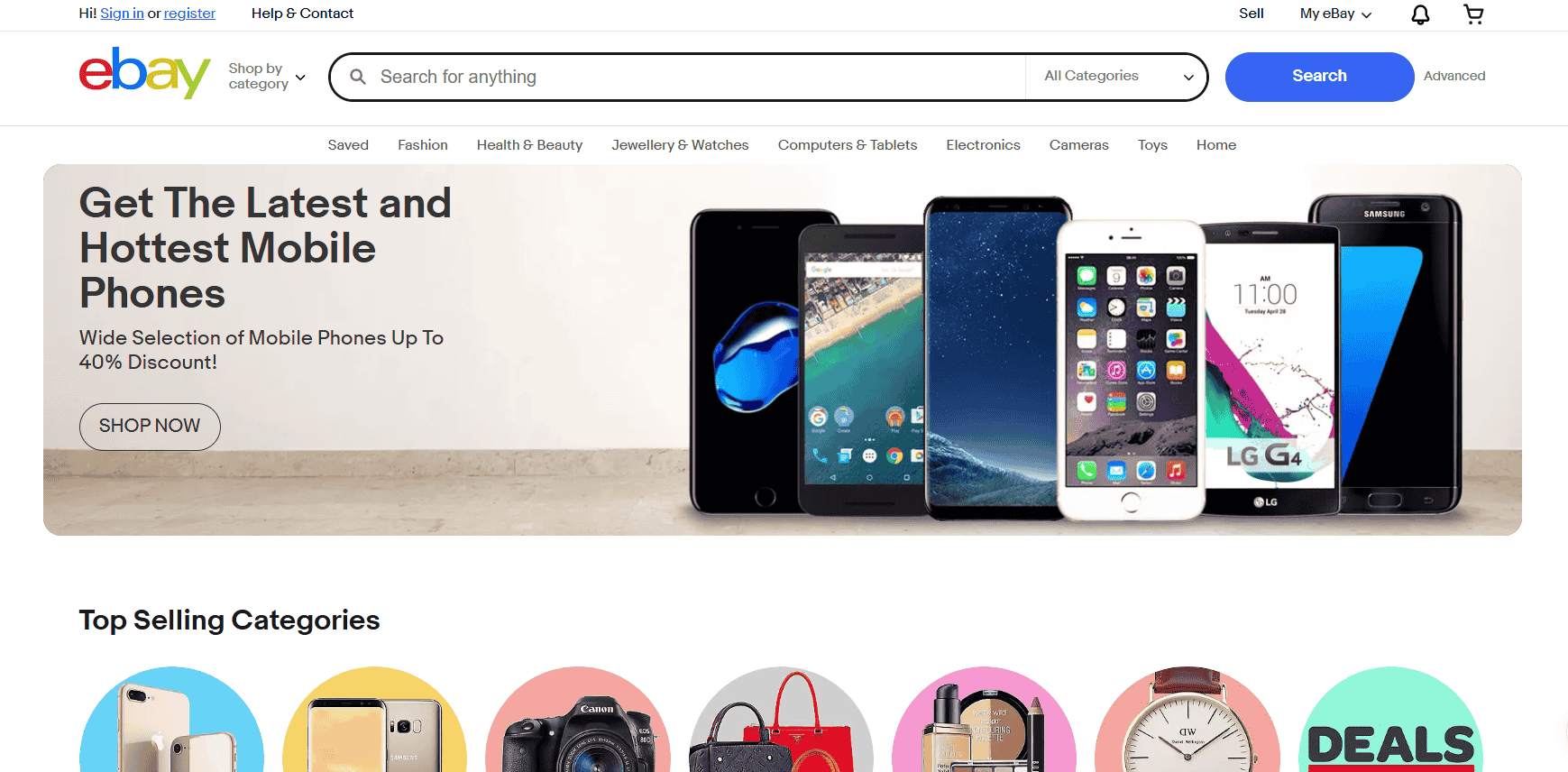Every year, more people are shifting their buying habits toward products that are clean, ethical, and better for the planet. Whether it’s compostable packaging, reusable alternatives, or natural ingredients, sustainability is influencing what ends up in people’s carts.
The global eco-friendly furniture market is valued at USD 43.26 billion in 2022 and projected to reach USD 83.76 billion by 2030. That kind of growth doesn’t happen by accident.
It’s being driven by demand across every major platform, from Amazon to Etsy to local mom-and-pop shops. And behind that demand is a new kind of customer. They’re informed, intentional, and ready to pay more for brands that reflect their values.
You don’t need to overhaul your entire business overnight. But you do need to start thinking about how your products fit into this bigger shift. Offering eco-friendly options can attract high-quality buyers, boost your margins, and build a brand that people remember.
-
Eco-friendly products are highly profitable and build long-term trust with value-driven customers.
-
The demand for environment-friendly products is rapidly growing across all major platforms and demographics.
-
Work only with suppliers that offer certified, truly sustainable products.
-
Marketing eco-friendly products requires clear messaging, authentic storytelling, and trust-building certifications.
-
Simple strategies like product bundling, customer engagement, and content marketing can boost both profit and impact.
I’ve been there. I didn’t start out with a big “green mission” or a fully sustainable store. But once I started adding eco-friendly products to my catalog, products that were useful, honest, and beautifully made, I noticed a different kind of buyer showing up.
People cared. They engaged. They came back. That’s when it clicked. Suddenly, it isn’t a niche anymore. It’s a serious opportunity.
So let’s get into it. I’ll walk you through how to spot the most profitable eco-friendly products, where to source them, and how to sell them in a way that connects with real, values-driven customers.
Are Eco-Friendly Products Profitable?
Yes, eco-friendly products are profitable, and not just in terms of money, but in how they shape your brand’s identity and trust factor. When you sell products that reflect your customers’ values, you’re not just earning a sale.
You’re earning a relationship. People remember the brands that align with their lifestyle, especially when those brands support something they care deeply about, like clean oceans, reduced plastic use, or sustainable farming.
Today’s buyers are smart and intentional. They read labels. They ask questions. They post unboxings and reviews. And they’re willing to pay more for products made from recyclable, compostable, or ethically sourced materials.
According to Nielsen, 73% of global consumers are actively adjusting their habits to reduce environmental impact. That’s a clear signal that the willingness to spend more on eco-friendly products is real and growing.
When I launched bamboo toothbrushes on my small Shopify store, I sourced each one for about $0.80. With clean design, plastic-free packaging, and a simple brand story around sustainability, I priced them at $5 each, and they sold consistently. That’s around a 250% markup on an item most people use every day.
The best part is, people kept coming back for more. They bought extra packs for their families. Some even gifted them. Once you prove your product delivers value and feels good to buy, you’re no longer competing on price.
You’re not only covering costs. You’re building something that earns word-of-mouth, social proof, and long-term loyalty. The profit goes beyond margins. It’s baked into the trust you build with every plastic-free alternative or biodegradable option you ship out.
Selling eco-friendly products means tapping into a buyer’s conscience, and once you do that, you’re not just making money. You’re creating a brand that matters.
Is There a Market for Eco-Friendly Products?
Absolutely! And it’s expanding faster than most sellers realize. The sustainable consumer products market is growing at a compound annual growth rate of 9.1% between 2022 and 2030. That kind of growth means buyers aren’t just testing the waters. They’re all in.
Platforms like Etsy, Amazon, and Shopify now have dedicated storefronts and filters just for eco-friendly or environment-friendly products. That’s a clear sign of where shopper interest is headed and how the platforms are responding.
Eco-conscious buyers are everywhere, and they’re no longer limited to one demographic. Gen Z leads the charge, with over 80% saying they prefer buying from brands that care about the environment, according to data from First Insight and the Wharton School of Business.
But they’re not alone. Millennials, Gen X, and even Boomers are paying more attention to the environmental impact of their purchases. Whether it’s for health, ethics, or concern over climate change, more people are actively choosing sustainable over disposable.
You’re seeing eco-friendly products across nearly every category now:
- Organic skincare made without synthetic chemicals or microplastics
- Compostable mailers that ship products without polluting landfills
- Reusable kitchen tools like beeswax wraps, silicone stretch lids, and mesh produce bags
- Pet supplies crafted from hemp fibers or recycled plastic
- Sustainable fashion made from organic cotton, bamboo, or reclaimed denim
Even household cleaning, a category traditionally dominated by plastic-heavy, chemical-based products, is getting a sustainable makeover. Take Blueland, for example. They created refillable cleaning tablets that dissolve in water, eliminating the need for single-use plastic bottles.

That idea alone helped them scale into a $100 million business. That’s what happens when you listen to what people want and package it in a way that makes them feel like they’re making a difference.
This market isn’t limited to large companies or influencers with big followings. Smaller brands and new stores are jumping in and gaining traction because the demand is wide open.
You don’t need to invent the next eco miracle. You just need to offer quality, useful products that people can feel good about buying. And right now, there’s still plenty of room to do that.
Where to Source Eco-Friendly Products
To sell products that align with eco values, you need suppliers who care as much as you do. A supplier that cuts corners or exaggerates sustainability claims can drag down your brand overnight.
People who shop for eco-friendly products are sharp. They read ingredient lists, search for certifications, and talk about their experiences online. Your sourcing decisions reflect directly on your reputation, so going with the right partners from the start isn’t optional. It’s survival.
Here’s a closer look at the sourcing options that actually deliver when it comes to profit, authenticity, and real environmental value.
1. Alibaba and AliExpress (with filters for sustainability)
These platforms are still powerhouses when it comes to bulk orders and global product variety. The trick is in how you search.
Terms like “biodegradable,” “plastic-free,” “compostable,” “recycled,” “natural fiber,” and “FSC-certified” will help filter out the greenwashed junk and point you toward products made with actual care. Suppliers vary widely in quality, so take your time reviewing product specs and customer photos.
You’ll also want to message suppliers directly. Ask about their materials, packaging, and compliance with regulations like RoHS or REACH.
I’ve had cases where a supplier offered compostable mailers, but only after I asked. It wasn’t on their default listing. You’re building a brand here. Every detail counts, right down to the tape they use to seal the boxes.
2. GreenDropShip and Syncee
Both of these are reliable if you want to get into eco-friendly dropshipping without handling inventory yourself. GreenDropShip focuses on U.S.-based products, especially in the natural food, beauty, and household categories.
You’ll find plenty of non-toxic, paraben-free, and organic-labeled items, great for building an environment-friendly brand in the wellness space.
Syncee, on the other hand, connects you with multiple suppliers worldwide and includes a specific eco-products section.
You can automate listings, manage margins, and scale without having to worry about shipping logistics. That’s a win when you’re testing out new products or growing your catalog.
3. Faire and Abound
These wholesale platforms are treasure troves for independent and eco-conscious brands. The products here are often small-batch, beautifully packaged, and made with a clear mission. You’ll find candles in reusable glass jars, handmade organic soaps, recycled paper stationery, and more.
Fortunately, many brands on these platforms already have their sustainability policies outlined right in their product descriptions. You don’t have to guess. You can showcase their story as part of your own, which makes your listings feel more personal and trustworthy.
4. Etsy Wholesale and Artisan Sourcing
Etsy isn’t just for handmade jewelry and wall art. It’s a great place to discover artisans crafting sustainable goods with care and creativity.
I once partnered with a denim upcycler from the Philippines who made durable tote bags out of secondhand jeans. Not only did I make a solid margin, but I also felt proud knowing I was helping promote someone’s livelihood.
These types of partnerships bring more than profit. They give your brand a face, a story, and a heart. You’re not pulling mass-produced items off a shelf. You’re curating products that reflect something deeper.
5. Print-on-Demand with a Green Twist
Selling apparel or merch? Print-on-demand platforms like Teemill and TPOP let you design products without holding stock, and they do it sustainably. Teemill uses organic cotton and renewable energy, while TPOP is plastic-free from print to packaging.
You can launch an eco-friendly clothing line, tote bag collection, or poster series without worrying about upfront costs or waste. That flexibility gives you room to test designs, explore niches, and scale your store without the usual risks tied to inventory.
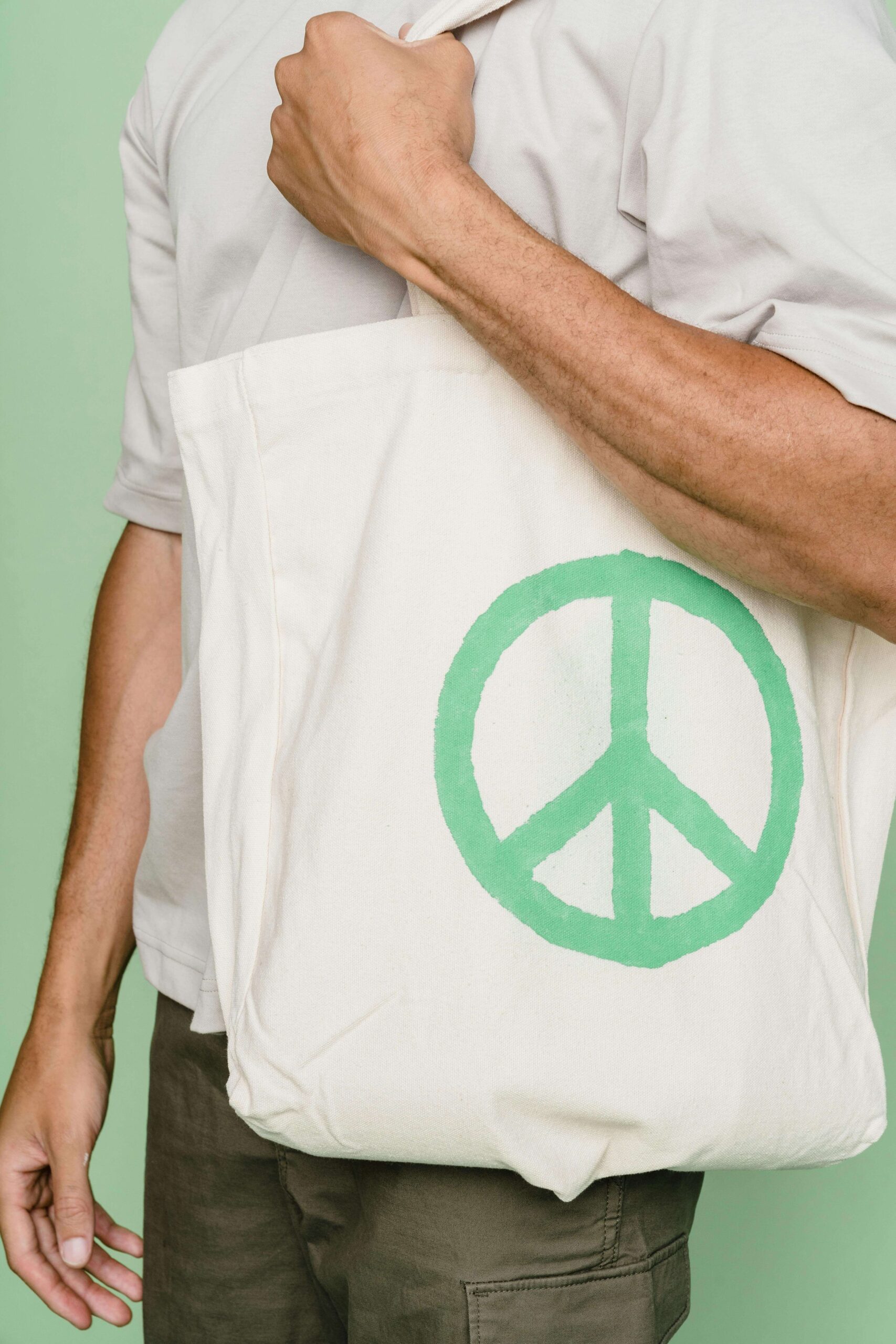
6. Local Fair Trade or Sustainable Co-ops
Want to sell goods that are ethically handmade and support real communities? Look into local cooperatives or international fair trade networks.
The World Fair Trade Organization and directories like Ethical Market or Ten Thousand Villages can lead you to producers who offer handcrafted, low-impact products with cultural value.
Many of these producers use natural materials, heritage techniques, and eco-conscious processes that align with sustainability goals. You’re also tapping into a unique aesthetic that stands out in a world full of factory-made sameness.
Certifications like FSC, USDA Organic, Fair Trade, OEKO-TEX, or GOTS aren’t just logos. They’re your proof that you’re sourcing from credible partners.
They tell your buyers, “We’ve done the homework.” And in a market full of eco claims, that kind of transparency sets your store apart.
How to Market Eco-Friendly Products
The message matters just as much as the product. You’re not simply selling a reusable bag, a compostable toothbrush, or an organic cotton shirt. You’re giving your customer a way to live out their values, something they can feel good about with every use.
That’s what makes eco-friendly marketing so powerful. People want to feel like their purchase counts for something. Give them that clarity.
Positioning starts with the words you use. Shoppers often discover environment-friendly products by typing in specific keywords, so you need to speak their language. Words like biodegradable, plastic-free, organic, recyclable, zero-waste, non-toxic, and sustainable packaging aren’t just buzzwords.
They’re signals. Use them in your product listings, but make sure they show up naturally in the flow of your descriptions, blog posts, and even your thank-you notes. Clarity sells. Keyword stuffing doesn’t.
Product pages should read like promises. For example, instead of saying “Reusable bottle,” go with “Stainless steel, BPA-free water bottle with plastic-free packaging.” Be specific. People shopping eco-friendly want details, and giving them the information they care about builds trust fast.
Content Marketing Works
Blogging gives you a chance to educate and connect. You’re not just selling a product. You’re helping someone live a more sustainable lifestyle. That’s why content like “10 Ways to Reduce Plastic Use at Home” or “How to Switch to Zero-Waste Skincare Without the Stress” drives traffic that’s genuinely interested in what you’re offering.
I’ve written blog posts like these for my store, and I saw my organic traffic triple in just a few months, all without spending a cent on ads.
You can also create how-to guides, comparison posts (e.g., “Compostable Mailers vs. Recycled Poly Mailers”), and even eco-lifestyle checklists. These posts help buyers feel informed, and they often share them too. That means more reach without you lifting a finger.
Influencers Are Your Secret Weapon
Traditional ads rarely cut through the noise anymore. What works? Real people using real products in real-life settings. Partnering with eco-conscious influencers on TikTok, YouTube, or Instagram is one of the fastest ways to build awareness and credibility.
A quick “zero-waste haul” or “top 5 plastic-free bathroom swaps” featuring your product gives you more traction than a polished ad ever could.

I’ve personally worked with a micro-influencer who showed off one of our bamboo cutlery kits in a beach picnic video. That single clip brought in over 1,200 new visitors in 48 hours. It didn’t go viral, but it reached the right people, and that’s what mattered.
Don’t Skip Certifications
Certifications like USDA Organic, Fair Trade, or FSC-certified are trust shortcuts. Customers who prioritize sustainability actively look for those badges before they buy.
Show them off on product pages, packaging, and even your homepage. Make them visible, and explain what they mean in plain language. You’re not just giving visual proof. You’re reinforcing your product’s value and integrity.
Engage Your Community
Building a sustainable brand goes far beyond products. Customers love to see behind the scenes: how your products are made, how you ship orders plastic-free, or even how you choose your suppliers.
Sharing stories about your sourcing process or your decision to use recycled packaging gives buyers a reason to connect emotionally with your brand.
Encourage user-generated content too. Ask happy customers to post their unboxings or reviews. Feature their photos on your social media. When people see others using your eco-friendly products in real life, it creates a sense of community, and that’s something money can’t buy.
People don’t just buy from brands. They buy from people. They support missions. They rally behind values. Make sure yours are loud, clear, and sincere. Once your message resonates, the right buyers will follow, and stick around.
Tips to Maximize Profit and Impact
You don’t need a massive budget to make a difference or a profit. Small moves, done right, can create serious momentum. I’ve learned that running an eco-friendly store is less about having deep pockets and more about knowing how to package your purpose in ways that speak to real people.
Start with bundling. Offering curated starter kits like “zero-waste home essentials” or “plastic-free travel sets” works incredibly well. You’re not only increasing your average order value.
You’re making it easier for someone new to sustainability to take that first step. A bundle tells them, “We’ve done the thinking for you.” That kind of clarity converts.
Add simple packaging inserts that explain your sustainability efforts. A short, printed card that says, “This package is 100% compostable and made with recycled paper” might seem small, but it makes your customers feel part of the mission.
It also encourages word-of-mouth. I’ve had customers share photos of my thank-you cards on social media with captions like, “Finally found a brand that gets it.” That’s free marketing you can’t buy.
Limited-edition eco-friendly products tied to green holidays or events, like Earth Day, Plastic Free July, or local climate marches, give people a reason to shop now instead of later.
These time-sensitive items sell out quickly, and they help build anticipation and urgency. You’re giving customers a chance to act on what they already care about.
Letting your audience vote on your next product idea is another way to pull them in. Create a quick poll asking whether they’d prefer to see a compostable phone case or a plastic-free dish soap next. Engagement spikes.
People feel heard. And when that product launches, you’ve already built a small crowd rooting for it to succeed.
Making money while doing good is smart business. Sustainability has moved from a niche into the mainstream, but most of the market is still filled with half-hearted efforts and unclear messaging. This is your chance to stand out by being clear, consistent, and conscious with your approach.
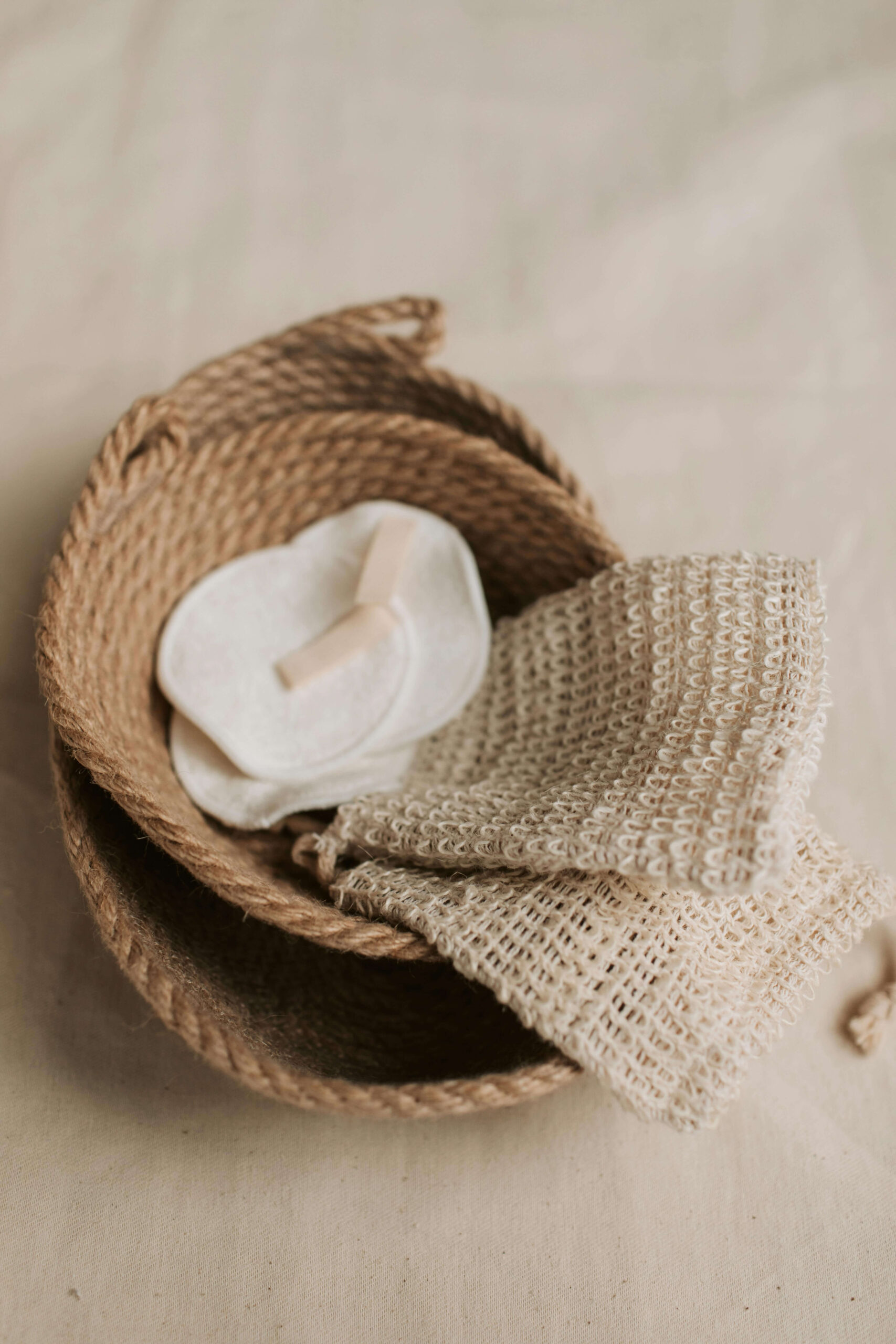
Sourcing and selling eco-friendly products isn’t about chasing perfection. It’s about building a brand that thinks ahead. You’re entering a space where people are no longer buying just because they need something. They’re buying because they believe in what you’re doing. That kind of loyalty sticks.
From where I stand, running a store that helps the planet while earning honest profits is the direction modern commerce is heading.
You can stick with the same low-cost, high-volume, disposable products everyone else is selling. Or you can build a store that actually reflects where consumers are going next.
One fills carts. The other builds communities. One competes on price. The other wins on meaning.
Your customers are already out there, scrolling, searching, and waiting for better options.
The only question is, will your product be the one they feel proud to choose?

